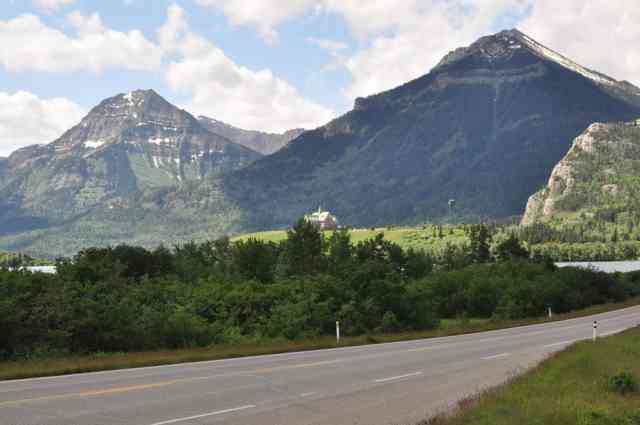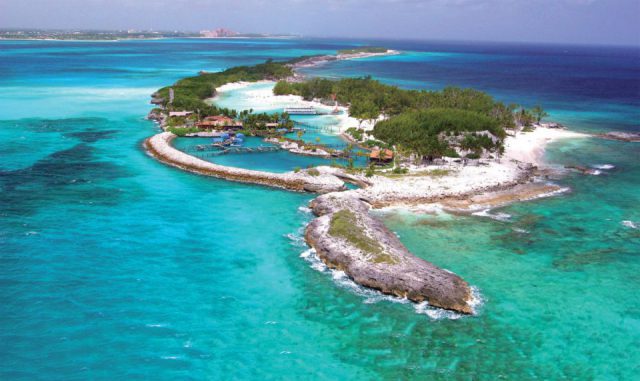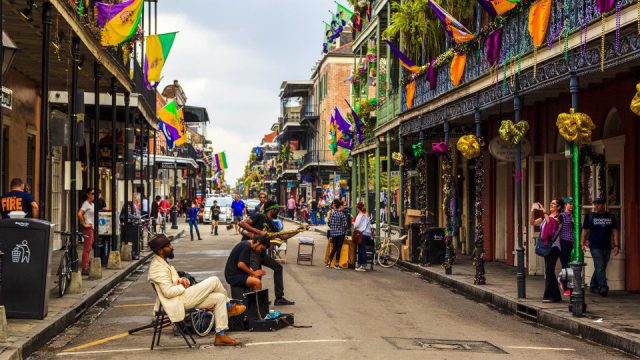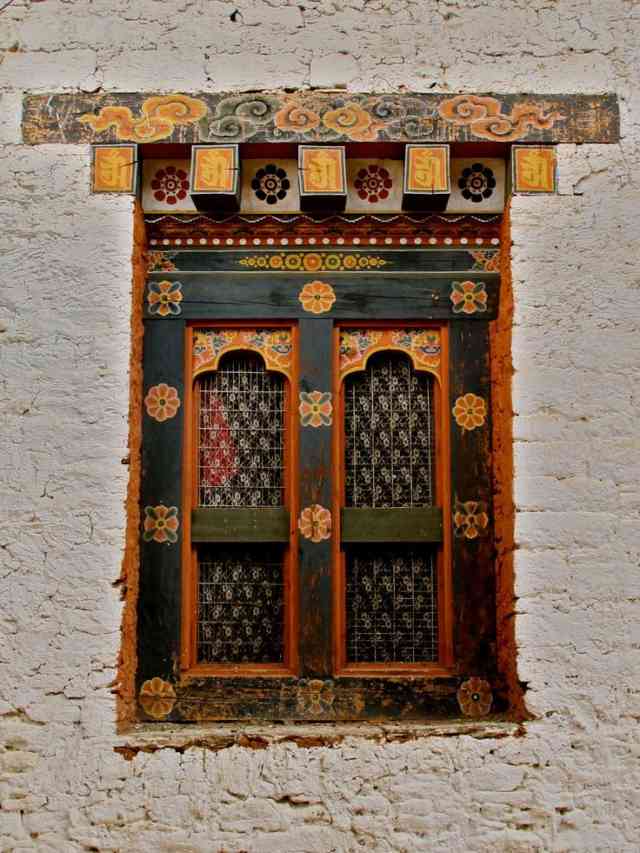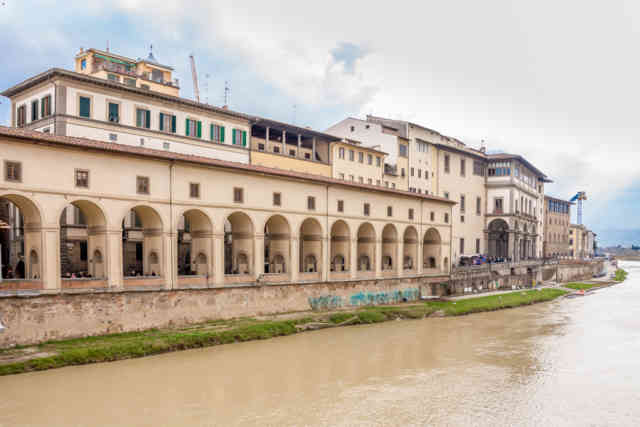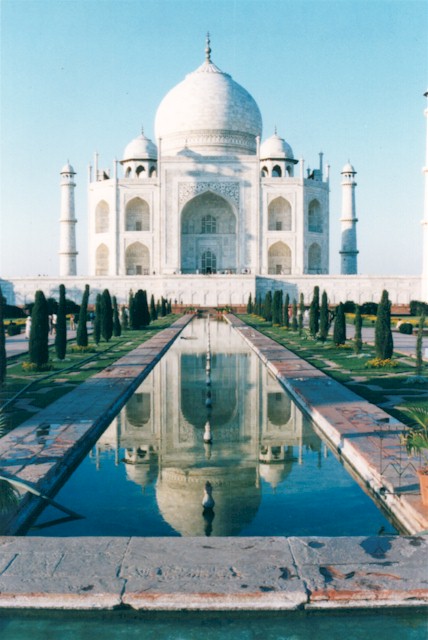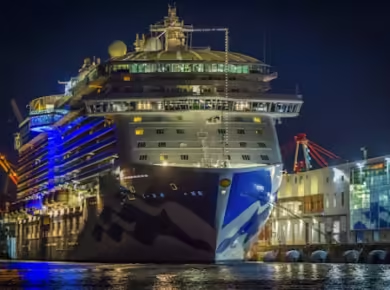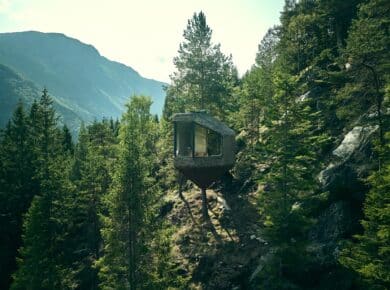The history of Waterton Lakes National Park dates 10,000 years back when alpine glaciers melted out of the main valleys, making way for the first signs of human habitation. The nomadic tribes inhabited the place along the river for thousands of years. They lived in relative harmony by camping, hunting and gathering plants.
The tribes that occupied the Tobacco Plains, astride today's British Columbia/Montana border, on the west of the continental divide were called the Kutenai, the Raven's Nest band, lived east of the divide (in today's Crowsnest Pass area) and The Blackfoot often found themselves in the park's rich valleys. For thousands of years the Kutenai and Blackfoot lived in relative harmony. But with the introduction of horses and guns in the 1700's, their relationship, to the land and to each other, changed completely.
With the horse came the first wave of smallpox. The Raven's Nest band was virtually wiped out in the early 1700's. The Kutenai were at the mercy of their enemies as the Blackfoot were the first to acquire rifles, although the Kutenai were the first to get horses. They actively hunted bison from horseback and expanded their territories. Without firearms, the Kootenai never again resided east of the Continental Divide. By 1810, the Blackfoot had closed all the mountain passes, keeping them under close surveillance until the 1850's.
Long before Europeans arrived, many changes had occurred in Southern Alberta.
In 1858, the first visit to Waterton Lakes was made by Lt. Thomas Blakiston. The European man travelled south in the interest of finding a railway pass through the mountains. When he reached the Crowsnest Pass, he asked his native guide what lay down the valley. “Many days of poor travel” (possibly relating to the large amount of windfall that aboriginal people, travelling on foot, preferred to avoid), replied the guide. Consequently, Blakiston missed the lowest and best pass in the Canadian Rockies for a railway. Had he discovered it, this may have changed the history of the west and national parks!
He named the lakes Waterton Lakes to honour the British naturalist Charles Waterton.
Another notable person to visit the Waterton Lakes area was John George “Kootenai” Brown. Brown, born in Ireland in 1839, served with the British Army in India before coming to North America. In 1865, after travelling over the South Kootenay Pass, Brown first saw Waterton. He was a well-spoken and educated man. At that time, he vowed he would return to this place of scenic spendour, “for this is what I have seen in my dreams, this is the country for me.”
In 1869, after being married and later, acquitted of murder charges in Montana, Brown returned to Waterton in 1878 with his family and settled in the area. His life there included trading, hunting, ranching, guiding and fishing.
Brown became the first game guardian, fisheries officer, and later the Forest Ranger in Charge in 1895, after the Waterton Park was established as Canada's fourth national park.
